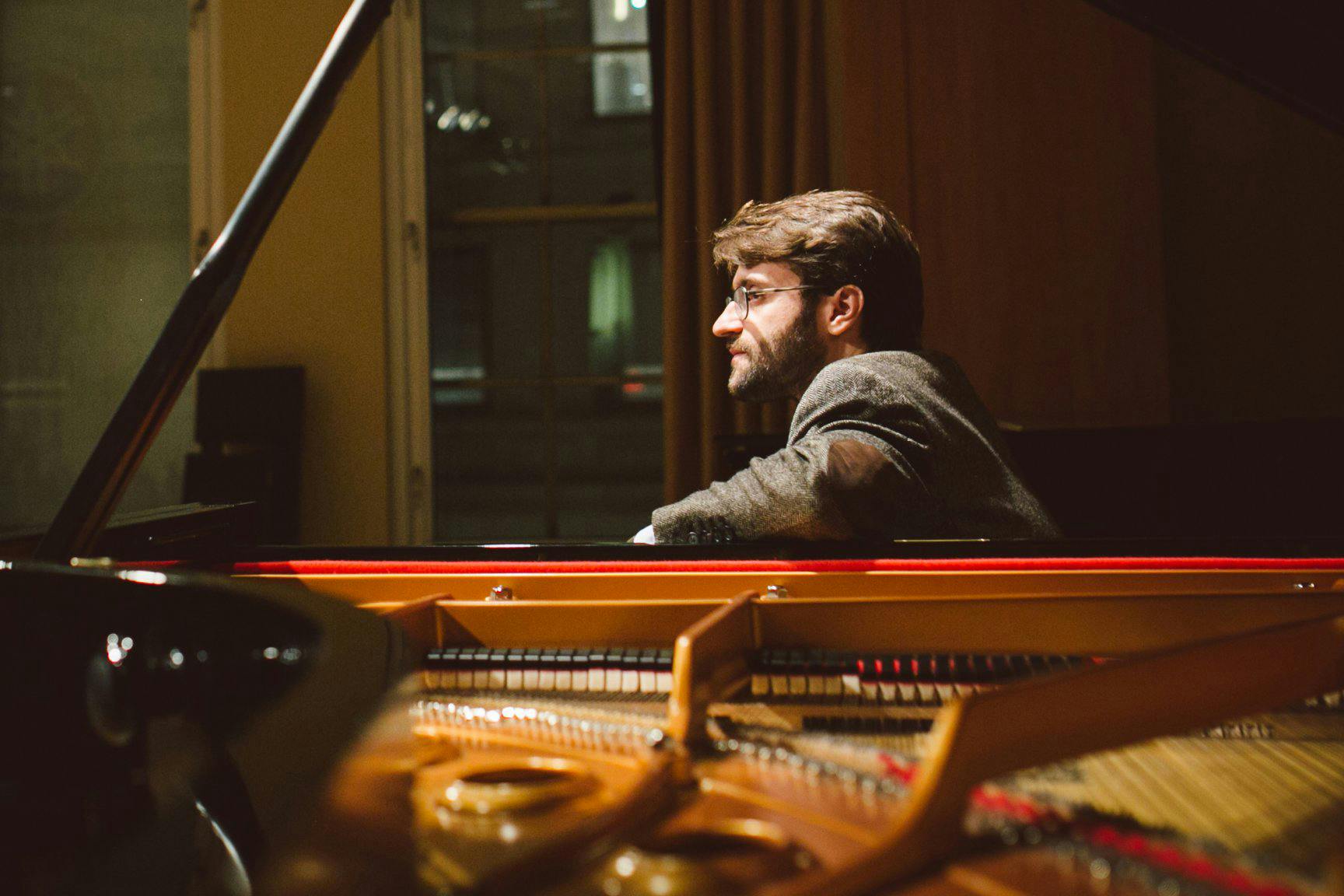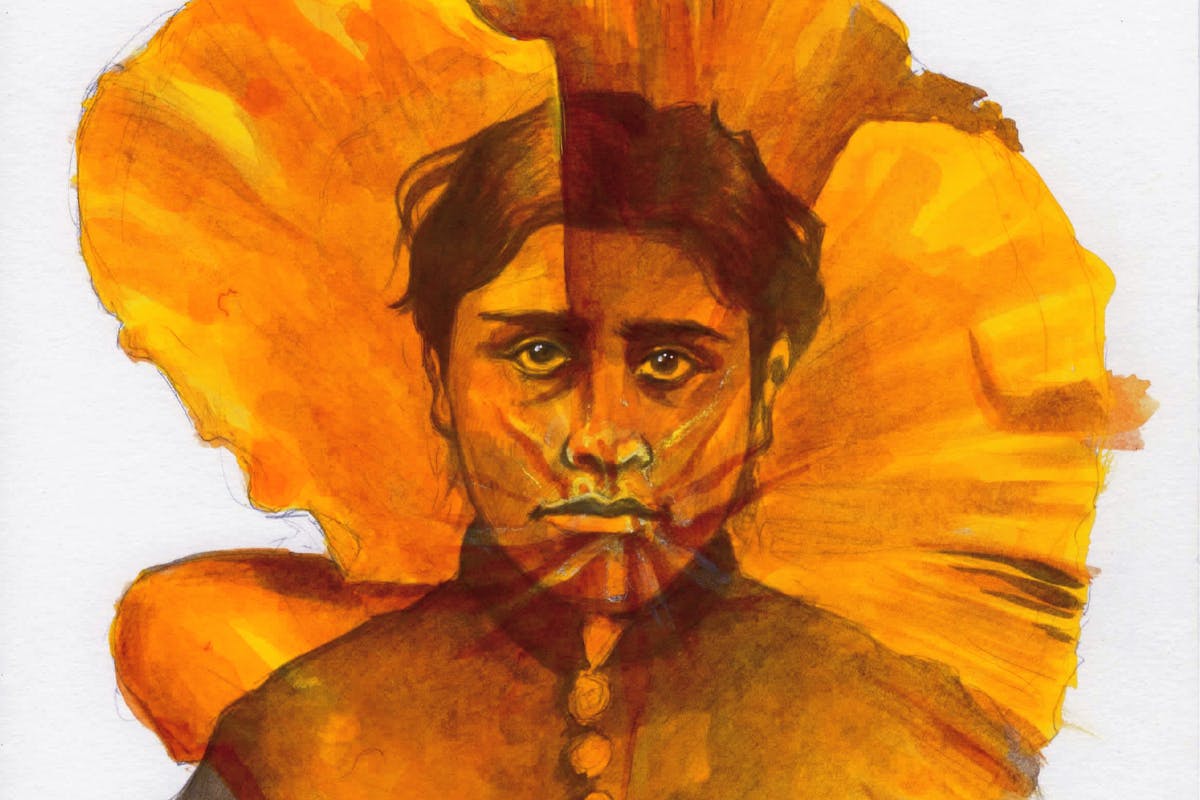Assessing the Impact of the Shapiro Chair

David Kaplan has plans for the Shapiro chair.
“The opportunity of a gift like this is that it can create truly big things,” said Kaplan, assistant professor of piano performance.
Shirley and Ralph Shapiro donated $1 million to establish the Shapiro Family Chair in Piano Performance. The gift primarily supports a faculty member in The UCLA Herb Alpert School of Music and students in piano performance, and David Kaplan is the inaugural chair holder.
The gift was a major one for the School of Music. Funds from the chair can support instrument purchases and bring prominent pianists to UCLA for masterclasses. Finding funds for such things can be difficult at public universities, which makes such gifts all the more important. But Kaplan’s plans extend much further.
“My ambition is to inaugurate a summer piano festival,” said Kaplan. “We will build around our own faculty and bring in guest artists. We plan to recruit aspiring high school pianists from across California and the broader region to attend.”
Music festivals help raise the profile of hosting institutions like the School of Music. They are not only great recruiting tools but also provide abundant opportunities to create meaningful relationships between UCLA and students from the broader, global community.
“Once students have the chance to work with our piano faculty, they start to get an idea of the opportunities that are available in our school, and the culture of our studios,” said Kaplan, whose vision is for an annual event while he holds the Shapiro Chair. It would provide opportunities for UCLA undergraduate and graduate students to meet professionals in the field and to mentor younger players. Other regional schools of music host similar events, making it important that UCLA raise its profile with its own festival.
“This wouldn’t have been possible without a consistent source of funding, something that would be a base from which we could make this work,” said Kaplan. “The Shapiro chair will allow us to establish this.”
The Shapiro Chair has been put to immediate use as well. Part of its funds have been used to purchase a Bösendorfer grand piano available for the use of UCLA students and faculty. The presence of such a piano can be rare in schools of music. Many schools accept sponsorships with only one piano manufacturing company. Such sponsorships mean that students often only experience a single brand of performance instrument during their education.
That, Kaplan explained, could be a drawback.
“Professional pianists often have to adjust to whatever piano is in the hall,” said Kaplan. “It’s important to experience different kinds of pianos. UCLA has a good variety, and I’m glad for that. But I’m always pushing for more.”
The Bösendorfer has a special reputation. “Modern pianos are often made with an evenness of timbre across the registers. The Bösendorfer is true to the nineteenth-century aesthetic that varies the sound according to the register,” Kaplan said. “It gives the piano a more orchestral sound.”
“I love the Bösendorfer,” said Aiden Tang, a sophomore piano performance major. “It gives me so much range, versatility, and projection when it comes to sound creation. By itself it already has a very beautiful sound compared to other pianos I’ve experienced on campus, but when controlled correctly I feel it can turn a melody from just sounding nice to touching one’s heart, which I feel is essential to my work as a pianist.”
“It is a different piano than the practice room pianos,” said Terry Hsu, a sophomore studying piano performance. “The key depth is a little more shallow. And the tone is warm, with wonderful clarity.” Clarity, of course, can be a double-edged sword, as Hsu acknowledged. “The Bösendorfer doesn’t allow players to hide their mistakes. But that makes it a wonderful piano to learn on.”
“Plus,” added Hsu, “it’s really pretty and shiny.”
There are about two dozen students in the school of music’s piano studios at any given time, with 9 or 10 new students admitted every year. The opportunity to play on a Bösendorfer will extend to hundreds of students within a decade.
The real benefits and glory of the Shapiro chair still lie in the future. As Kaplan would be the first to admit, celebration is premature, at least until he can organize and establish a summer festival and make additional plans. But behind every big event that has an impactful and profound legacy, there lay simple sketches and ideas and plans.
And David Kaplan has plans.
---
Originally published by UCLA Herb Alpert School of Music, July 20, 2022

